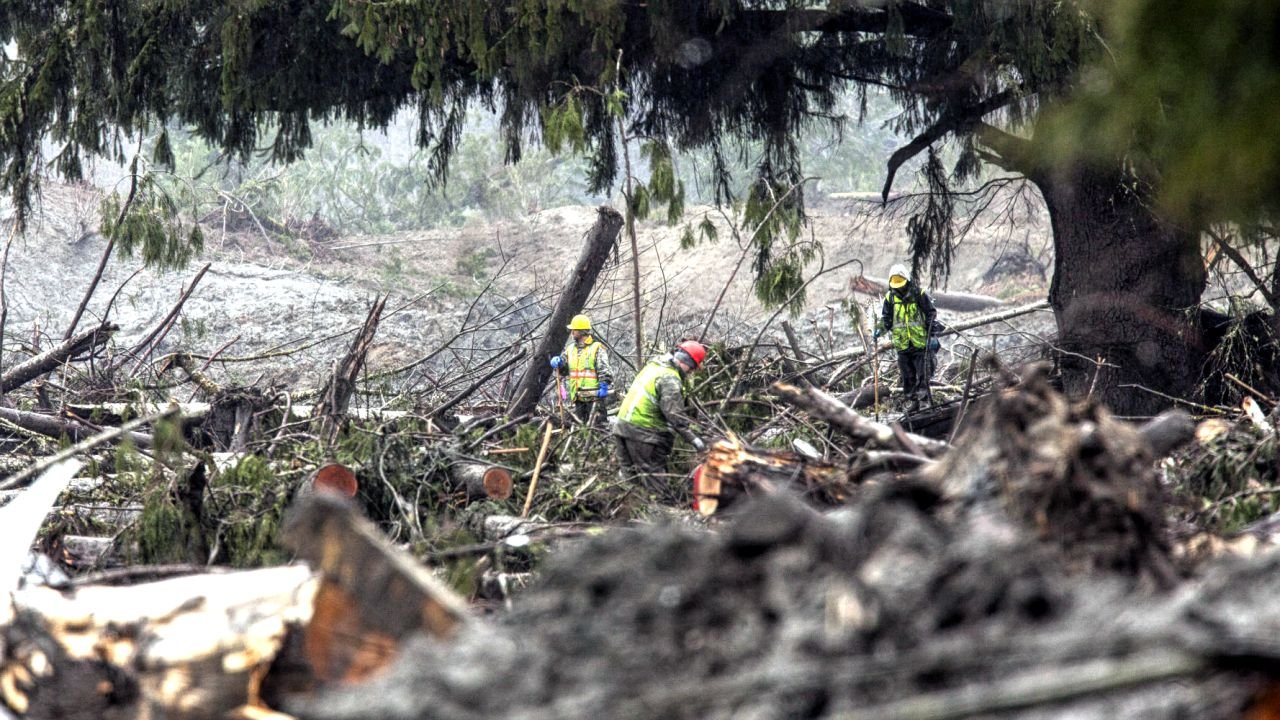A group of scientists from different nations have identified the potential tipping points where sudden weather changes caused by global warming can precipitate a natural disaster. The latest update from the US National Oceanic and Atmospheric Administration says that El Nino is getting stronger and is in full swing.
The recent 5th Intergovernmental Panel on Climate Change (IPCC) report is based on a model created by scientists, and it talks about 41 cases of sudden regional changes in the ocean, permafrost, snow cover, sea ice and the biosphere.
These events happen for global warming levels that are less than two degrees; a baseline considered safe limit by many. Most models predict one or more abrupt local or regional shifts specific occurrence appears only a few models.
According to Professor Sybren Drijfhout from Ocean and Earth Science at the University of Southampton, this highlights the high degree of uncertainty when it comes to predicting these tipping points. Most models are unanimous that sudden changes are likely, but forecasting when and where they will happen is very difficult.
Sybren adds that there is nothing like a safe limit and many sudden shifts happen in global warming levels much below two degrees.
Martin Claussen, director of the MPI-M and co-author, said that the events are happening in locations far away from major human populations, but the effects will be felt over large distances.
Martin adds that this is only the starting point, and the next stage will be to delve deeper into the tipping points and also design a methodology to identify them in the next-level of climate model simulations for IPCC.

















1 Comment